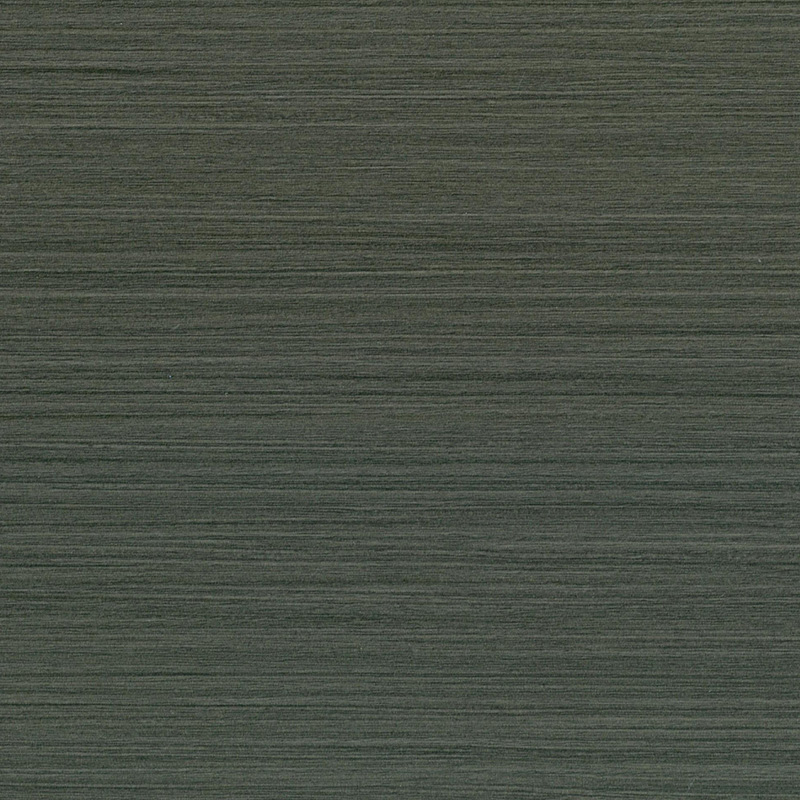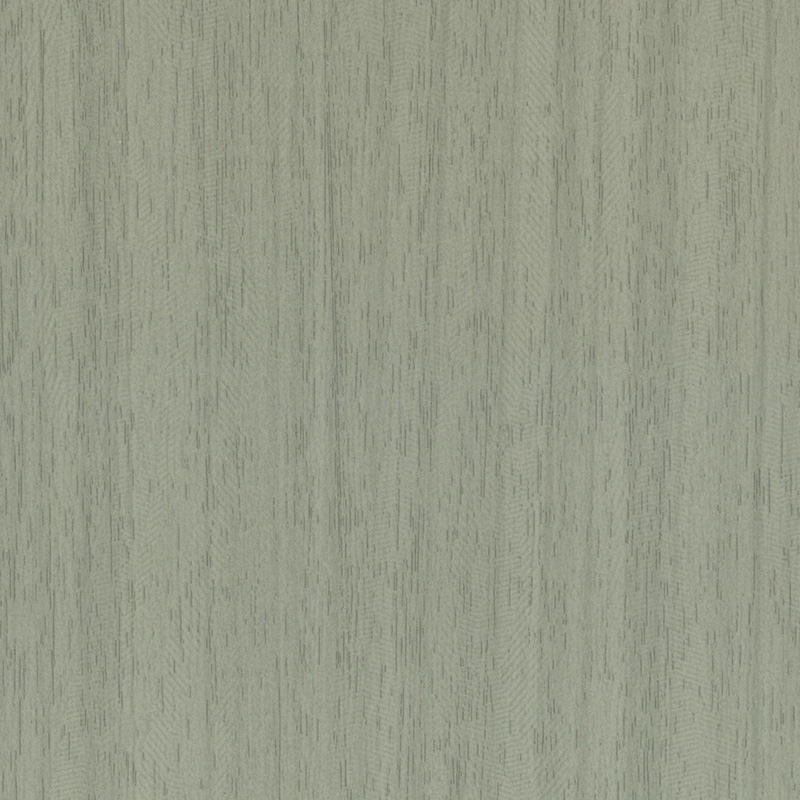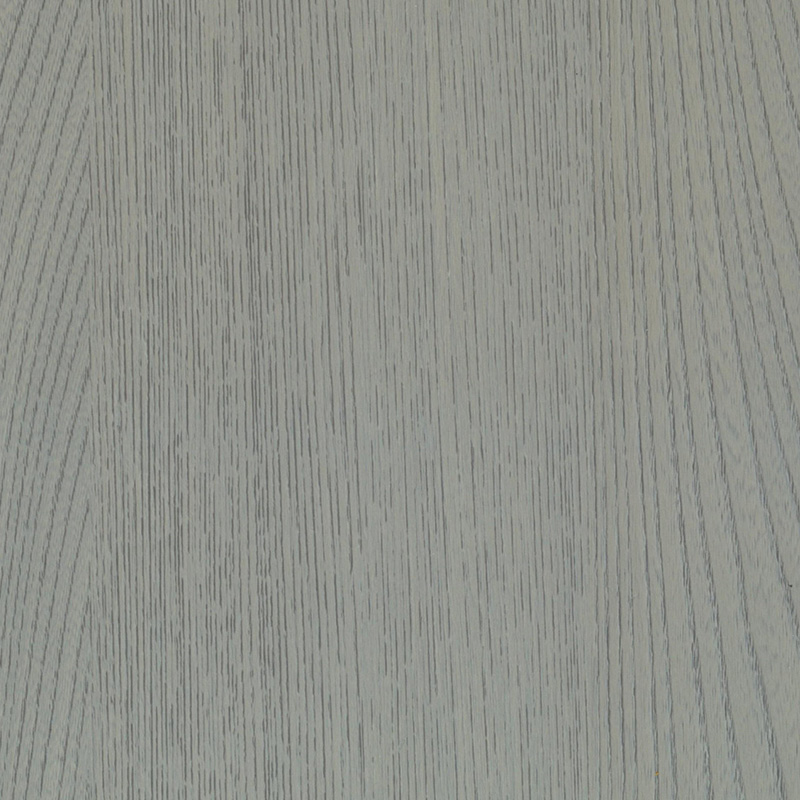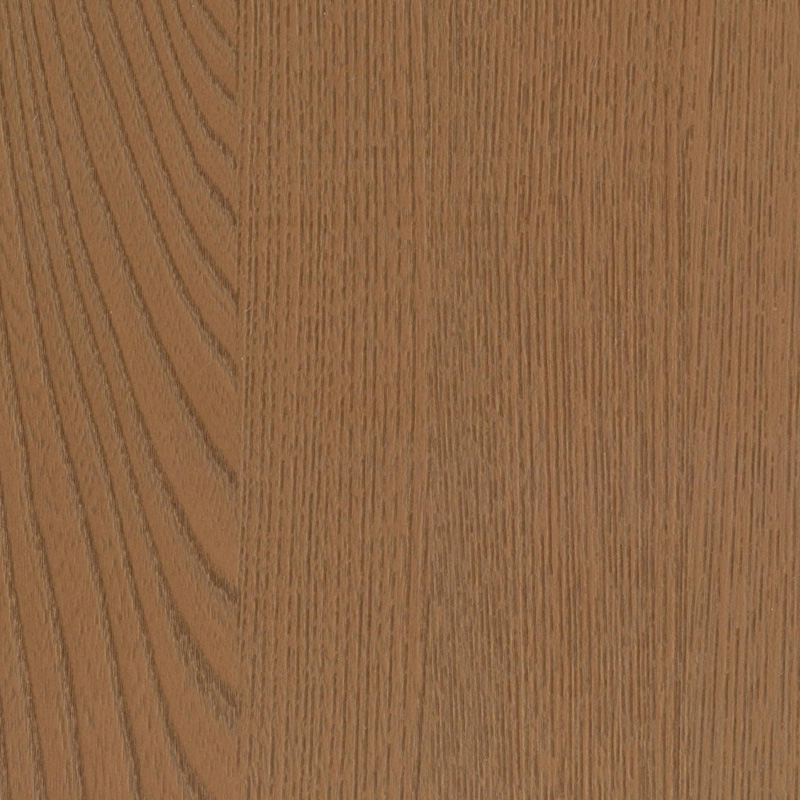Versatile Monochrome Solutions with PVC Film
Black and white colored PVC film combines two timeless hues to offer a versatile solution for a range of decorative and functional applications. Manufactured from polyvinyl chloride, these films are produced in precisely controlled thicknesses. The choice of monochrome palette provides a high-contrast visual effect that works well in both small and bold design schemes.
The core of black and white PVC film is a PVC resin base, which is compounded with stabilizers, plasticizers, and colorants. In production, the molten mixture is cast or extruded into a continuous sheet, then cooled and calendered to achieve uniform thickness and surface finish. Pigments used for black and white versions are selected for lightfastness and consistency, ensuring that the films do not yellow or fade under normal indoor exposure.
Black and white PVC films exhibit dimensional stability, moderate tensile strength, and resistance to moisture and mild chemicals. Their surface hardness can be adjusted through formulation to resist scuffs and scratches. Thermoformable grades allow the film to be heated briefly and shaped over contoured surfaces, while non-thermoformable versions remain flat for smooth applications. Both types offer a balance of flexibility and firmness, enabling application to flat, curved, or slightly irregular substrates without excessive stretching or tearing.
The stark contrast between black and white lends itself to graphic applications, including geometric patterns, typography, and silhouettes. Designers often pair these films with metallic accents or transparent overlays to introduce depth and reflectivity. In interiors, black-and-white PVC film can be used to create feature walls, door panels, or ceiling details.
In the signage industry, black and white PVC film serves as a reliable substrate for cut vinyl lettering, logos, and wayfinding systems. White film provides a clean background that enhances the legibility of dark lettering, while black film can form the lettering itself when backlit or layered over lighter surfaces. The films adhere well to glass, metal, and rigid plastics, making them suitable for window graphics, exhibit displays, and point-of-purchase signage.
Beyond decorative purposes, these films are used for marking safety zones, demarcating hazard areas, and creating information panels. White film can be printed with safety symbols or text using solvent- or UV-curable inks, while black film offers a contrasting base that draws attention to warnings. In manufacturing environments, PVC film can cover control panels or equipment housings, providing a surface that resists staining and is easy to wipe down. Reflective or retroreflective variants with black-and-white patterns further improve visibility in low-light conditions.
Proper installation begins with thorough surface preparation: cleaning with a mild detergent solution, followed by a wipe with isopropyl alcohol to remove residues. For flat applications, a wet-install method using a spray bottle of water with a small amount of slip agent allows repositioning before the film sets. A squeegee or roller then expels excess liquid and air, ensuring a smooth bond. When applying to curves, a heat gun gently softens the film, allowing it to conform without wrinkling. Edges are trimmed precisely with a sharp blade for a neat finish.
Routine care involves wiping the film with a soft cloth and mild soap; abrasive pads or harsh solvents can damage the surface or overlaminate. When removal is required, the film can be peeled away cleanly from more substrates, and any residual adhesive is removable with standard adhesive solvents. PVC films may be recyclable through specialized programs, and selecting formulations with lower plasticizer content reduces potential environmental impact.

 English
English русский
русский Español
Español عربى
عربى Deutsch
Deutsch





